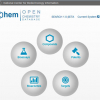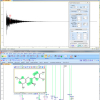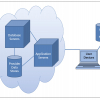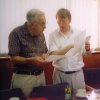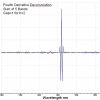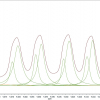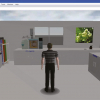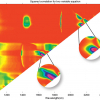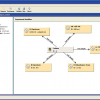A.N. Davies
Professor, SERC, Department of Science and Sport, Faculty Health, Sport and Science, University of Glamorgan, UK, Director, ALIS Ltd, and ALIS GmbH—Analytical Laboratory Informatics Solutions
Opportunities
I would like to thank everybody who has taken the trouble to respond to my last column on Educating Spectroscopists.1 I am very happy that Ian has allowed me space to reproduce some of them in this edition.
However, I would like to start on a personal level with the news that I have taken up the exciting opportunity to set up a new centre of excellence for analytical science under the auspices of the Sustainable Environmental Research Centre at the University of Glamorgan. We intend to bring together the various state-of-the-art analytical resources under a single management structure. This new development will enable us to better coordinate the Analytical Science research of the centre, and offer a unique service in support of the work of SERC and their partners. I will also be putting my money where my mouth has always been—in making a core strategy of the centre a requirement to build close relationships with industry. At a time of increasing regulatory and cost pressure I will drive forward knowledge transfer as well ensuring that those students leaving the centre are fully equipped to be desirable recruits for industry.
As I type I have still to clean the concrete dust off my shoes; we have just inspected the excellent progress on a multi-million pound investment in new buildings to house modern laboratories at the Glan Taff campus. These will open in the Autumn and provide our new home for the laboratory-based equipment and staff. There will also be a new technical hall whose completion will allow the process analytical technology systems to be developed and tested at a semi-tech level on, for example, anaerobic bio-reactors.
Taken together with the investment in the hydrogen centre at Baglan, this shows a fantastic commitment to this sector by the University of Glamorgan and the Welsh Assembly government and I am looking forward to the opportunity to help pay back some of this trust.
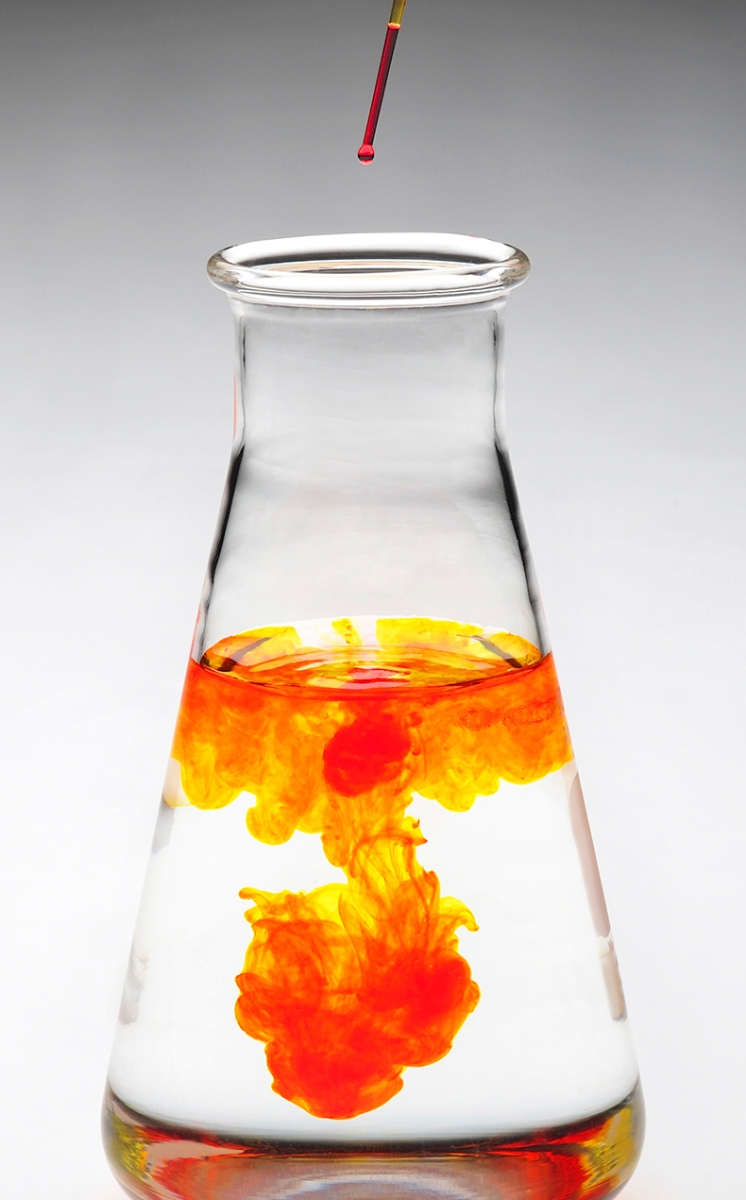
"titration is still mostly taught like in the mid-19th century using glass burettes, colour indicators and Erlenmeyer flasks"
Opinions
And in a roundabout route this brings us back to the responses to my last column! On a teaching front we will be taking a long hard look at the current course content in the analytical sciences to see how we can strengthen and broaden our offering to our students as well as creating the chance for those already in industry to come to Glamorgan and update their skills alongside our permanent staff.
Feedback on “Educating Spectroscopists”
I have not been involved in academic training for students—except when I was a student myself. I quite agree with your opinion on spectroscopy teaching and actually would take your thoughts further to the entire field of teaching quantitative analytical chemistry.
My department at an instrument manufacturing company was, and is, active in training thousands of clients from all branches of industry from around the globe in a commercial context. We observe the need that all analytical methods prevailing in today’s analytical practice should be taught adequately on a broader spectrum rather than only a few selected ones that happen to be a subject of special interest at a specific institution.
Disregarding this leads to a neglect of methods that are widely used in actual practice simply because they lack a certain “scientific appeal”. A recent article in C&EN News (USA) revealed that the almost 300 year old first truly quantitative analytical method, Titration, is still mostly taught like in the mid-19th century using glass burettes, colour indicators and Erlenmeyer flasks. This contrasts considerably to the fact that market research puts the widely used automatic titrators to about 20,000 units per annum predominantly sold to quality control labs in many branches.
With pleasure I recall contacts almost throughout my entire professional life with the German Analytical Professor Georg Schwedt who worked in half a dozen Universities during his scientific career. He not only published books on how to do chemical experiments in a kitchen or with products from a local supermarket but he also introduced the comparative study of analytical methods in his teachings at the Technische Hochschule of Clausthal-Zellerfeld. Students had to analyse a given sample with an array of methods, e.g. photometry, titration, UV-Vis etc. The results, cost and usability had to be compared and the best method was established for that given problem. I feel this is the kind of situation a chemist meets in many facets throughout their professional life. This approach minimises the risk of being biased by lack of exposition to a broader instrument spectrum in the orchestra of analytical instrumentation.”
Jan Volker Geil, Vice President, Business Development Metrohm Group, Metrohm Ltd, International Headquarters, Oberdorfstrasse 68, CH9101 Herisau, Switzerland
Tony,
Neither the e-mail address nor the website given in the Education Article are working.
Article was spot on.
Geoff Dent
(Sorry Geoff, you were just too quick! Tony)
I mostly disagree with this article. Without the basics and understanding the limits of the different spectroscopic techniques no one will be able to decide which tool is the best to resolve a given issue or to find new areas. Why should everyone use the most expensive latest technique if a problem could be resolved using cheapest technology, may be even non spectroscopic. Advanced Spectroscopy should be taught at Doctorate level.
An Industrial Analyst
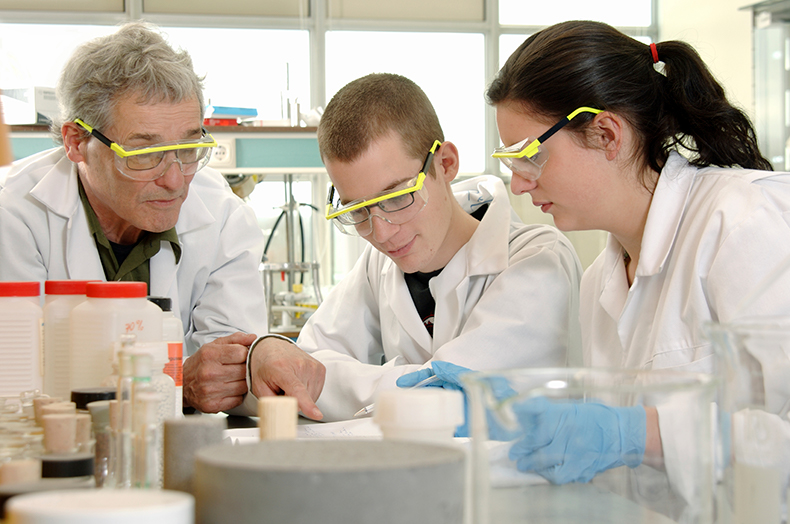
Is our education system producing graduates with the right qualities for work in the modern analytical lab? Add your comments to those already received at http://www.alis-consult.com/education.html
Thanks for your support in our campaigning and I hope you will continue to contact us with your praise and criticism! You can use the form at http://www.alis-consult.com/education.html



